Products & Technologies
Products & Technologies
Services
Resources
Posted
July 22, 2019

Stay updated on our content.
Silicon Carbide—The Superhero of Silicon

Jul 22, 2019
As we enter a new computing era driven by the Internet of Things (IoT), Big Data and Artificial Intelligence (AI), demand is growing for more energy-efficient chips. In this context, we usually think about Moore’s Law and reducing the size of transistors.
However, advances in power semiconductors are not governed by node size reduction. Silicon power switches, such as MOSFETs and IGBTs, are designed to handle voltages of 12V to +3.3kV and hundreds of amps of current. That’s a lot of power going through these switches! But their capabilities have limits, and this is driving the development of new materials like silicon carbide (SiC) that promise superior performance.
Silicon carbide is a compound semiconductor material that combines silicon and carbon to create silicon’s superhero cousin. Three times more energy is needed to allow an electron to begin moving freely within the material. This wider band gap gives the materials interesting qualities such as faster switching and higher power density. I’ll highlight two use cases where SiC devices can deliver significant benefits.
SiC in Automotive
The first example is automotive. According to research firm Yole Developpement, there are over 1 billion cars on the road. As of 2017, 1.9 million cars or about 0.2 percent were electric. The proportion is expected to grow to 50 percent by 2040, so the impact of improving power efficiency could be considerable.
Electric cars typically have a main motor that powers the wheels. Six power transistors and diodes are deployed to turn the motor. Each transistor needs to be capable of blocking 700V and switching a few hundred amps. Most power switches use pulse width modulation (PWM) techniques, which means they are turned on and off thousands of times each second. When a transistor is switched on and off, there is a transition delay between the states (Figure 1). It’s like turning a water tap—time is needed to fully open and close the valve, and during that time, some water may be wasted. The same happens within a transistor. In power applications, a key goal is to switch the device as quickly as possible to minimize wasted power and achieve higher efficiency.
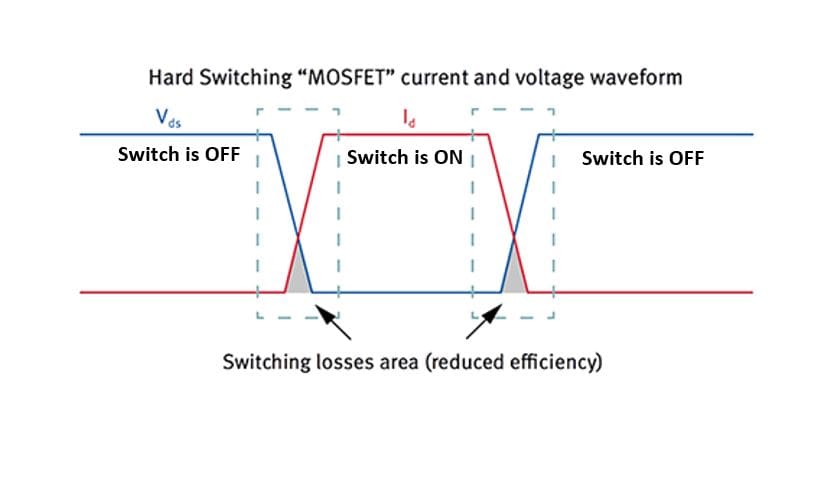
Figure 1. Power losses occur during voltage/current overlap when the MOSFET switches (Source: Infineon Technologies)
The combination of better switching performance, low Ion resistance and high breakdown voltage make SiC devices ideal alternatives to traditional silicon power MOSFETs, DC-DC converters, uninterruptible power systems and motor applications (Figure 2).
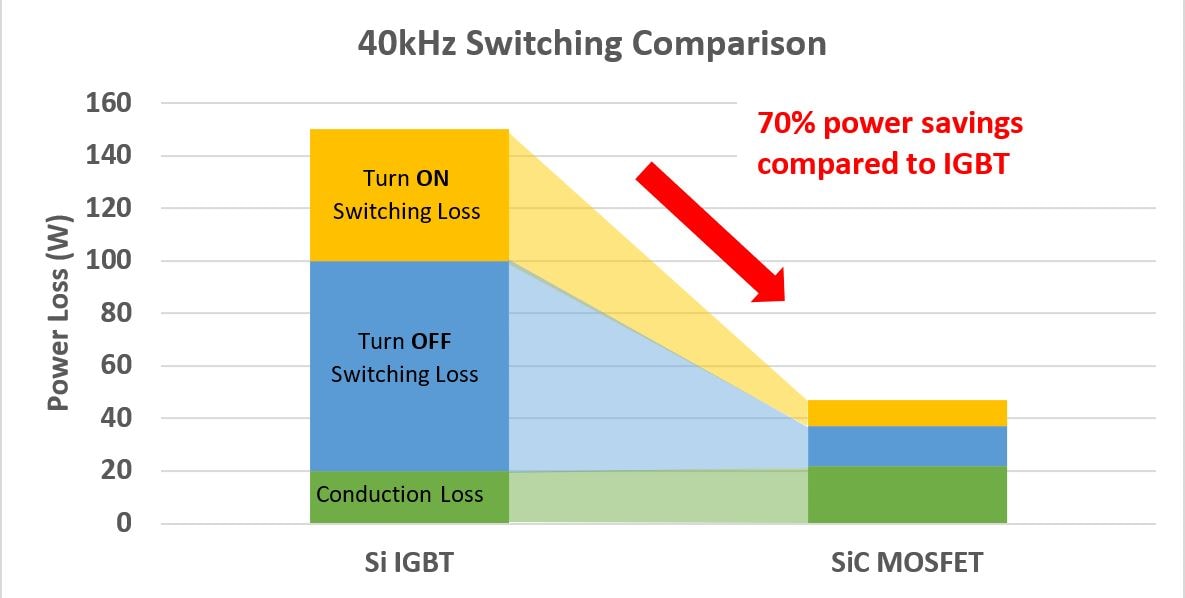
Figure 2. Performance advantages of SiC MOSFETS versus IGBTs. (Source: Applied Materials.)
Ultimately, SiC MOSFETs can help increase an electric car’s range. They can drive the electric vehicle’s motor with less power. Higher switching frequency leads to higher power density and smaller, lighter motors. Reducing wasted heat allows smaller and lighter heatsinks to be used, further optimizing weight and range.
SiC in Solar
Another application for SiC is solar inverters which could be made just half the size of IGBT-based solutions. The faster switching speed of SiC means a manufacturer can reduce the size of the passive components in the system. Large capacitors and transformers can be replaced with smaller alternatives. The heatsink size can be reduced. As system efficiency increases, energy capture is maximized.
Enabling SiC
While there is exciting potential for SiC devices, there are manufacturing issues as well. A major challenge is substrate defects. Basal plane dislocations and screw dislocations can create “killer defects” that must be reduced for SiC devices to achieve the high yields required for commercial success. Applied Materials is working with ecosystem participants including SiC wafer makers and IDMs to specifically address the manufacturability issues. We will discuss these developments in future blogs.
Many industry forecasters believe SiC will eventually displace silicon in higher voltage and power applications. As the industry embraces SiC, it can take on bigger power and efficiency challenges and—like all superheroes—help make the world a better place.
Tags: silicon carbide, power electronics, compound materials

Llew Vaughn-Edmunds
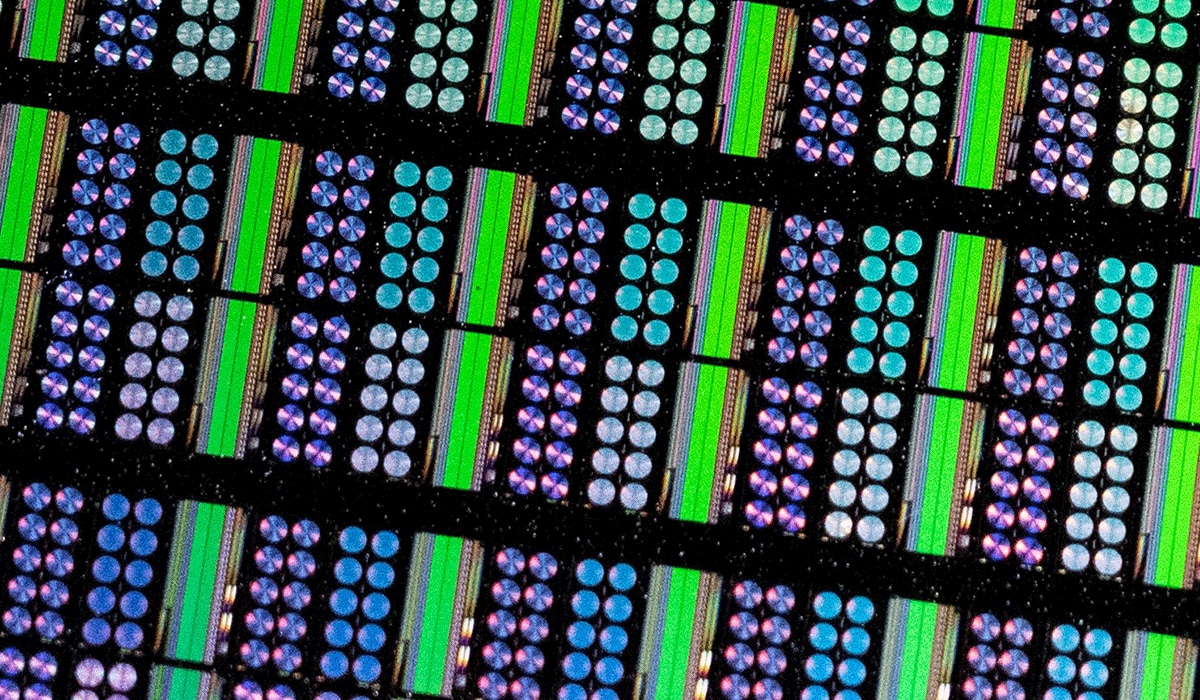
Now is the Time for Flat Optics
For many centuries, optical technologies have utilized the same principles and components to bend and manipulate light. Now, another strategy to control light—metasurface optics or flat optics—is moving out of academic labs and heading toward commercial viability.
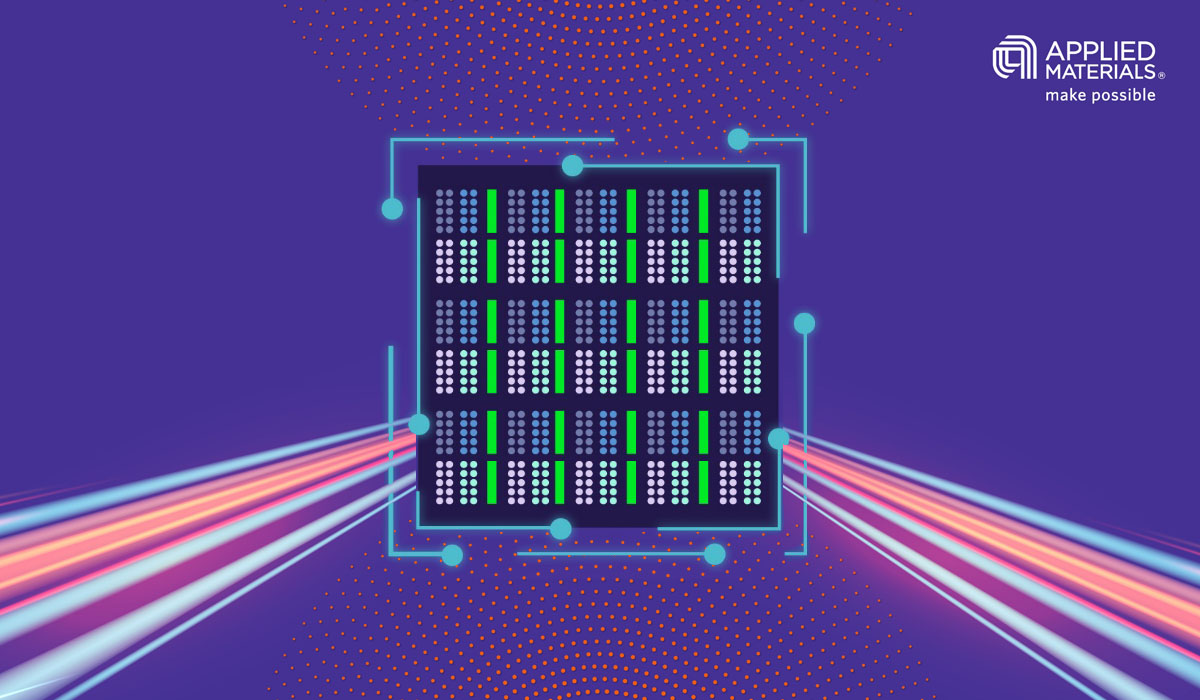
Seeing a Bright Future for Flat Optics
We are at the beginning of a new technological era for the field of optics. To accelerate the commercialization of Flat Optics, a larger collaborative effort is needed to scale the technology and deliver its full benefits to a wide range of applications.
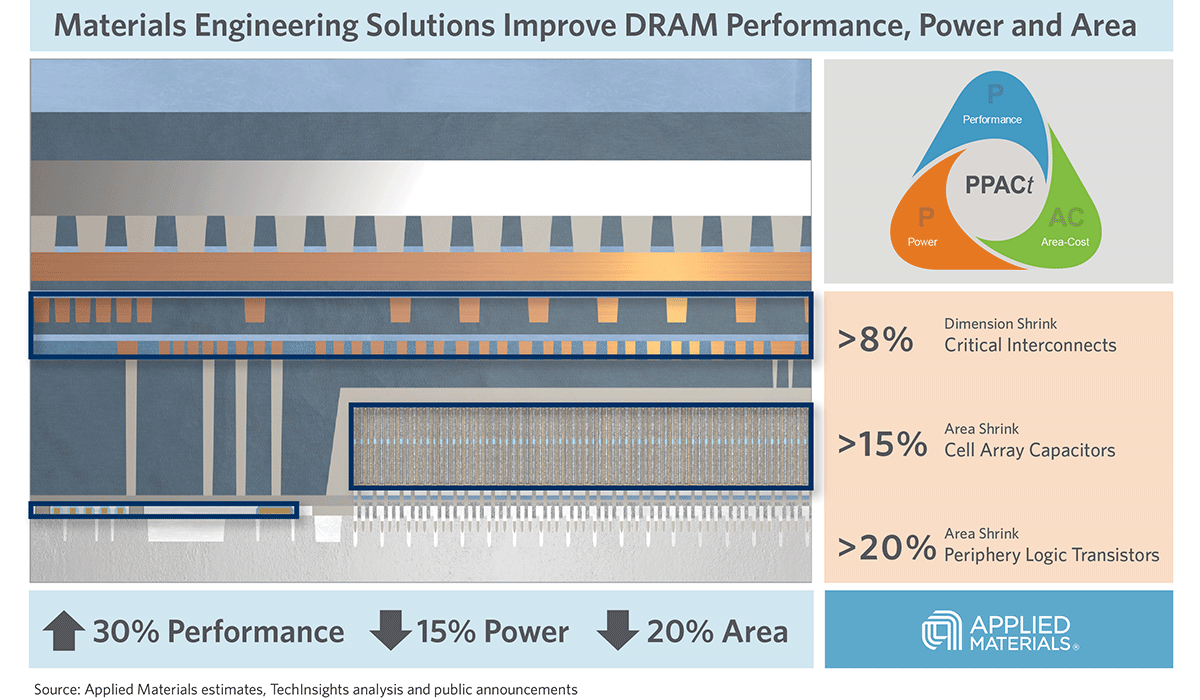
Introducing Breakthroughs in Materials Engineering for DRAM Scaling
To help the industry meet global demand for more affordable, high-performance memory, Applied Materials today introduced solutions that support three levers of DRAM scaling.
